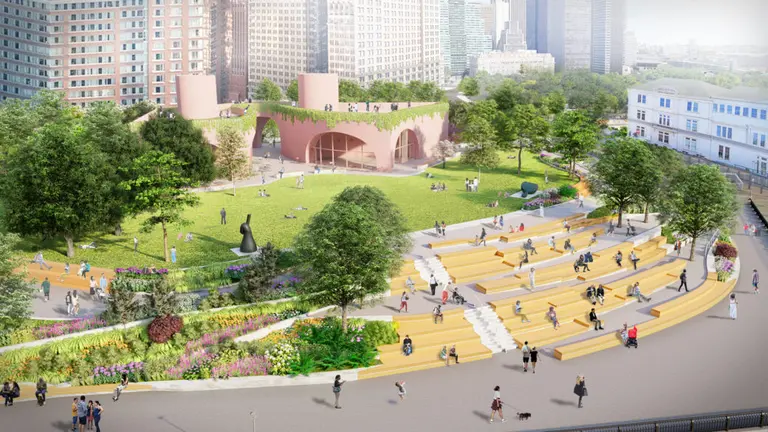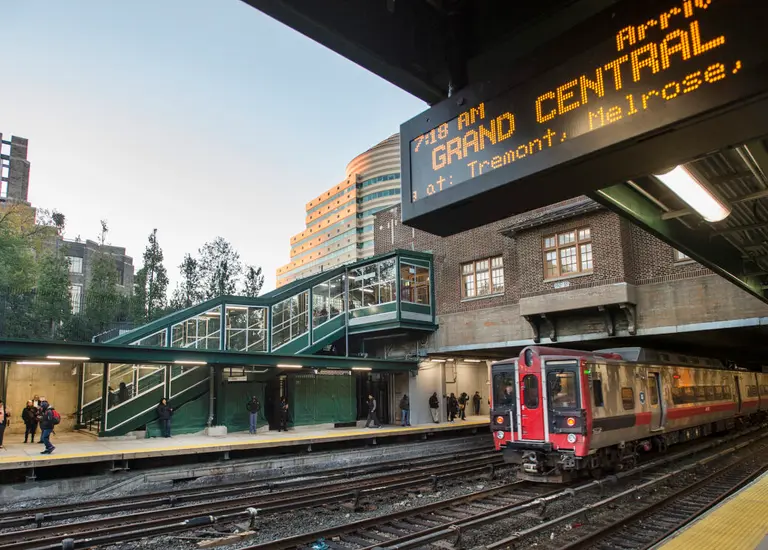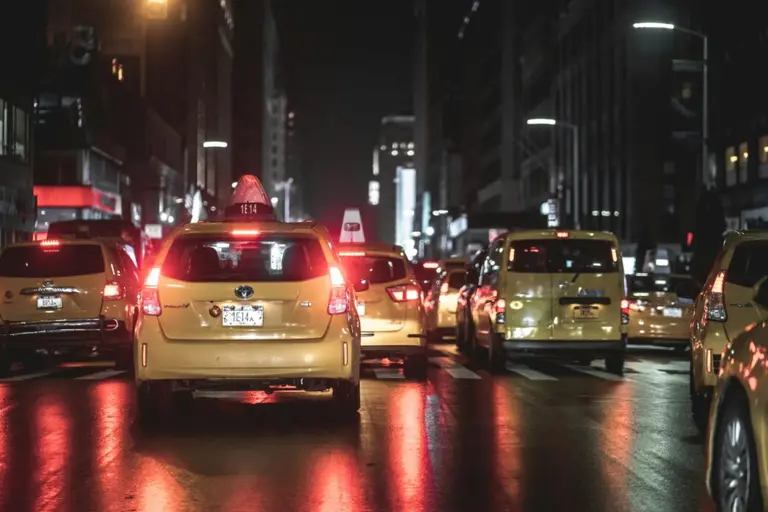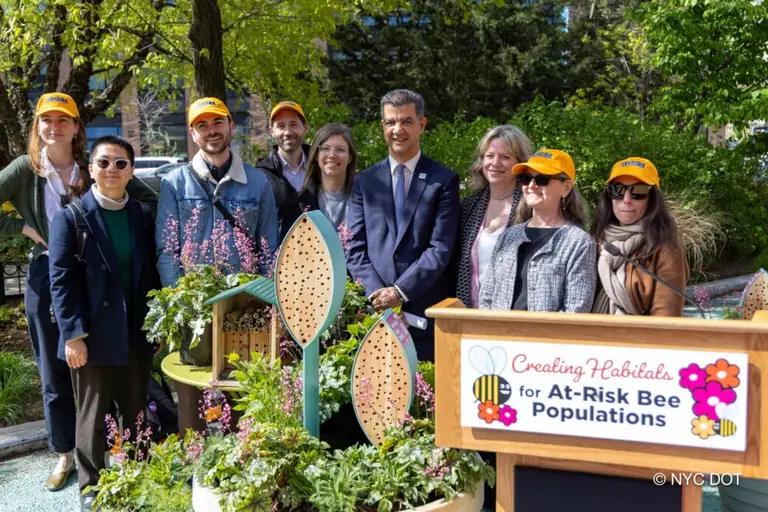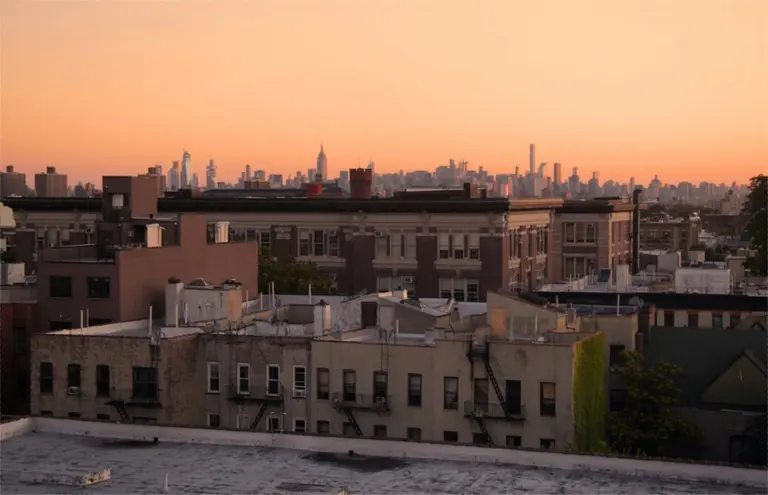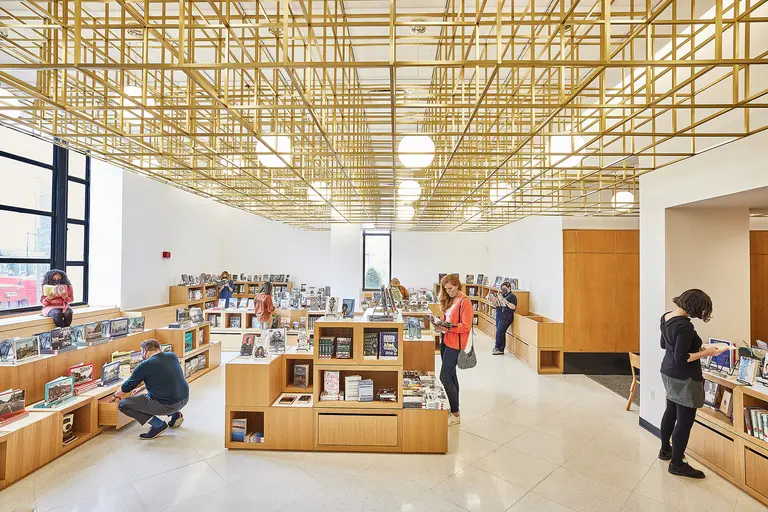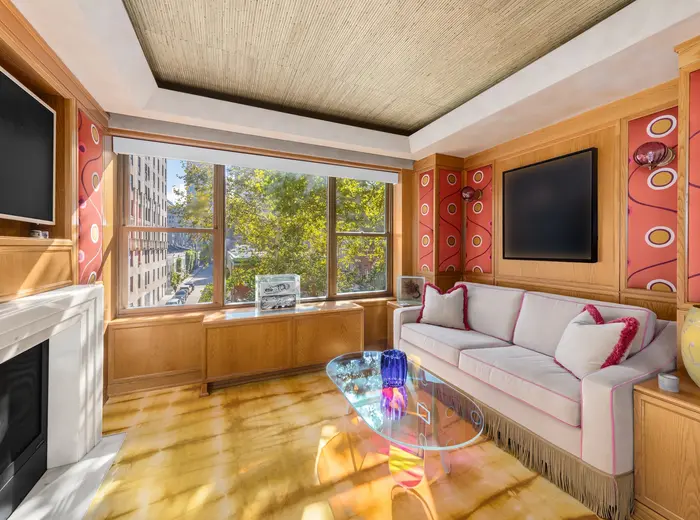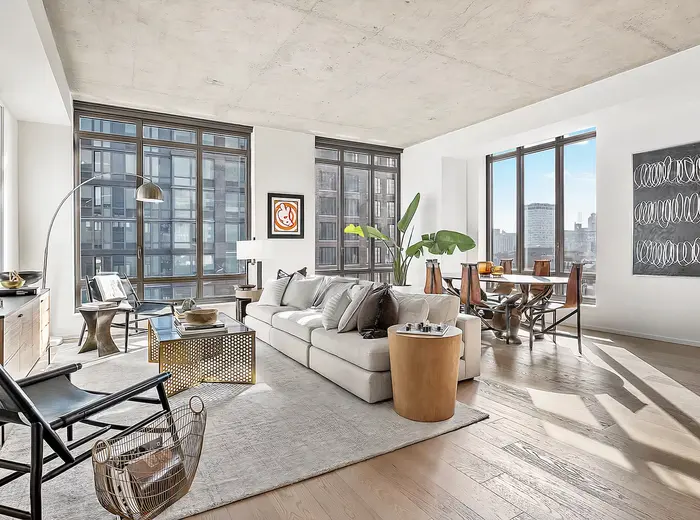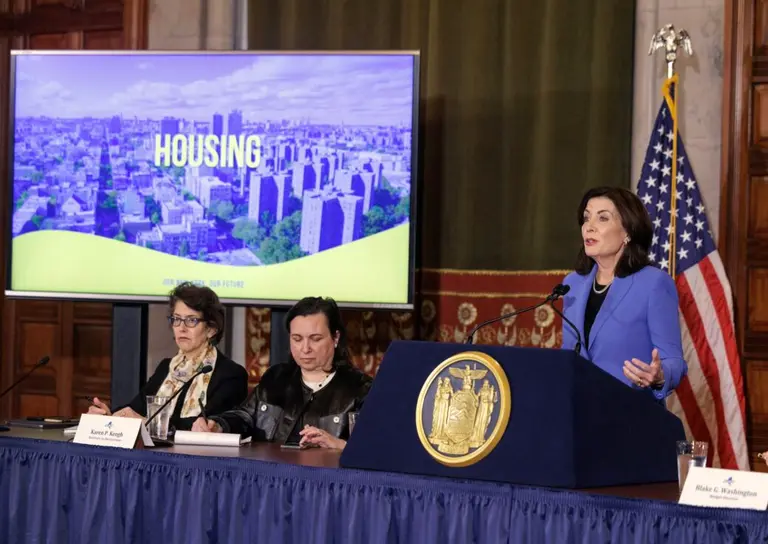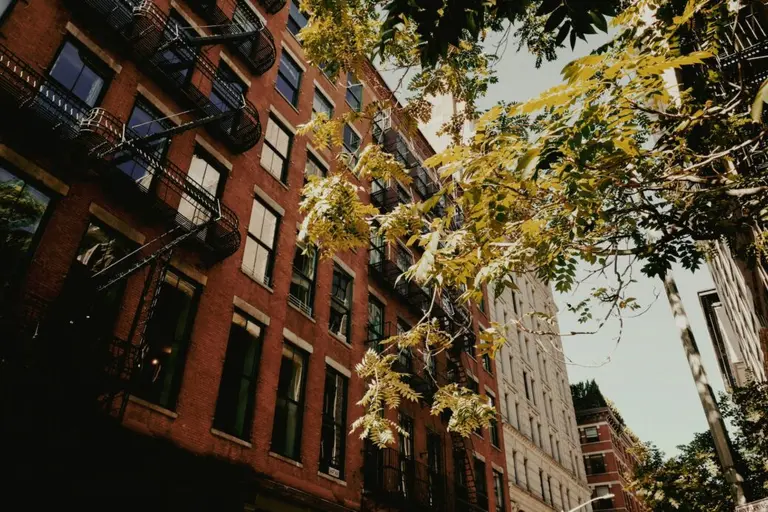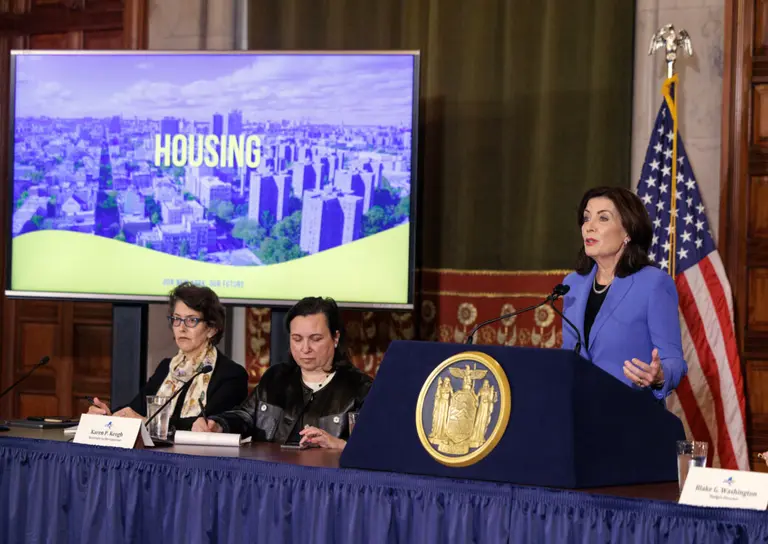MTA says de Blasio’s subway plan would only serve 8 percent of riders
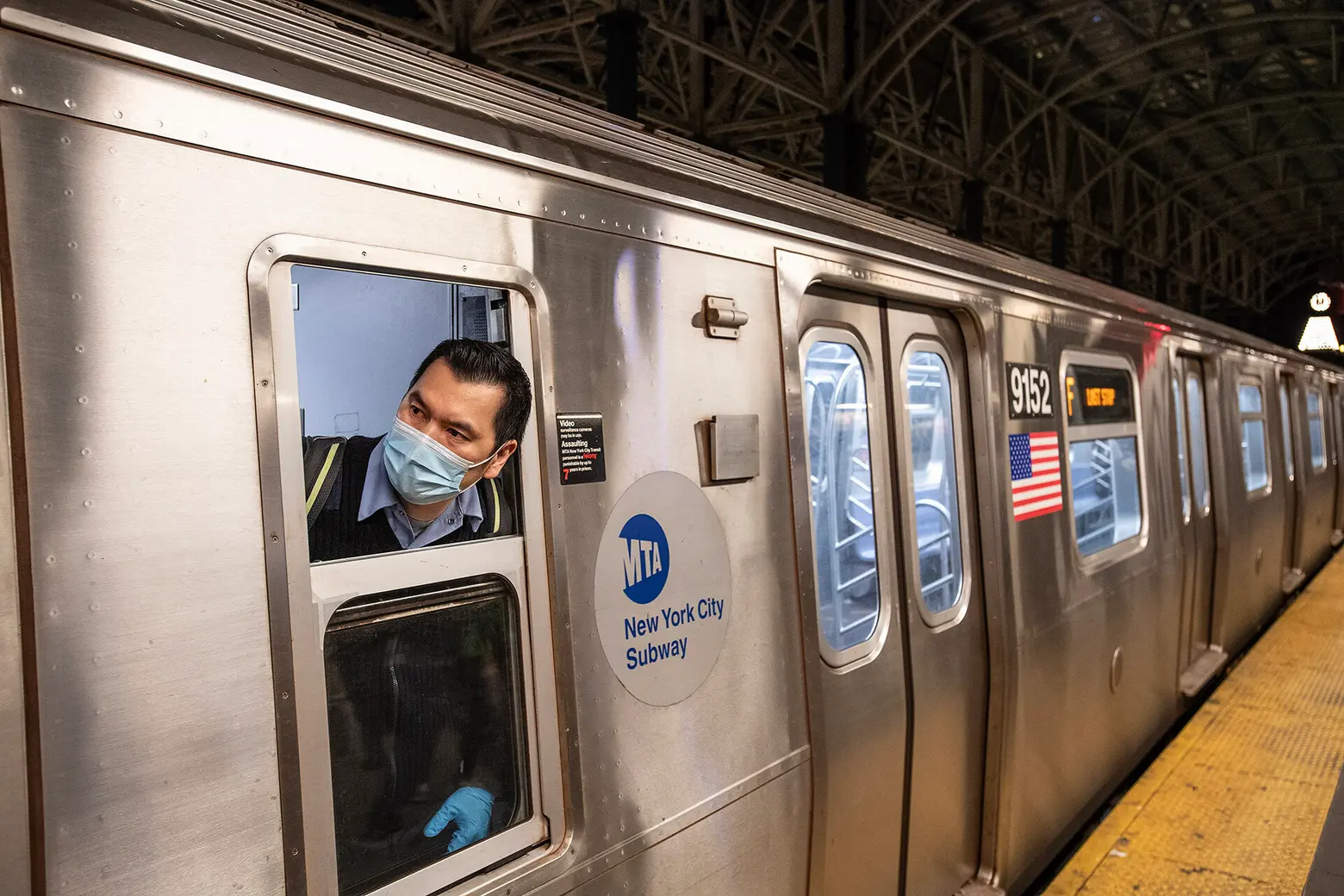
Photo: Patrick Cashin / MTA New York City Transit
As the city prepares to enter phase one of reopening on Monday, the Metropolitan Transportation Authority released this week its plan to return to “regular” service, which no longer means 24-hour service. Subways and buses will run more frequently starting next week, but the subway system will still shut down between 1 a.m. and 5 a.m. for nightly disinfection. Mayor Bill de Blasio this week also released a plan for transit that calls for capacity limits and blocking off every other seat. But the MTA called the mayor’s idea “utterly unworkable” and said his proposed capacity limits would allow the agency to serve just 8 percent of riders.
During a press briefing on Wednesday, de Blasio called on the MTA to create public capacity limits on trains and buses, as well as subway platforms.
“If you’re on the platform, here’s the [marking] telling you exactly where you can stand with enough distance from the person next to you,” de Blasio said. “If you’re on the subway, here’s how many people should be on that train, on that car and the markings of where you should stand or sit the same with the buses. It is crucial that every other seat be blocked off so that it’s clear, you’ll never end up sitting right next to someone, there’s at least a seat between people.”
But the MTA pushed back on the idea of limiting capacity. In a statement to THE CITY, agency spokesperson Abbey Collins said: “Like many of the mayor’s ideas, this is nice in theory, but utterly unworkable. The mayor’s plan would allow us to serve only a tiny percentage of our riders–around 8 percent.”
In response, mayoral spokesperson Freddi Goldstein said “we need to think more creatively” if the city wants to avoid a flood of new coronavirus cases after reopening next week. “The bottom line is it’s clearly not safe to sit on top of each other on the subway,” Goldstein tweeted on Thursday. “If that limits capacity, then you should come up with a plan to increase it via other methods, but public health must come 1st.”
The city expects between 200,000 and 400,000 people could return to the workforce during this first phase. The first phase includes the reopening of all construction, manufacturing, and wholesale-retail for curbside pickup only. The MTA will continue to encourage only essential workers to take the subway and bus during phase one and has asked employers to stagger shifts and allow for remote work.
The agency has also installed hand sanitizer dispensers at several stations and is calling on the city to contribute one million face masks for customers, adding to the one million committed by the state.
Hand sanitizer dispensers have been installed at a number of stations including at Atlantic Avenue-Barclays Center, Jackson Heights-Roosevelt Avenue, the Third Avenue-149th Street, and the Delancey Street-Essex Street stations, with more expected next week. The devices are activated by a foot pedal and will be placed on platforms and at entrances. The agency has already added floor markings to help with social distancing in the subway stations.
“The reality of our system, however, is that we are already currently moving about 1.5 million people per day,” MTA Chair Pat Foye and Interim President of NYC Transit wrote to Mayor Bill de Blasio on Tuesday. “Wearing a mask and following public health guidance, including frequently washing hands or using alcohol-based sanitizer, remain the most important steps to minimize the public health risk from the virus.”
Face masks will be required for all commuters and workers using the system. The MTA said while the NYPD and transit police should enforce this measure, the agency does not support giving summonses to or arresting those not wearing masks. “As we enter Phase 1, we remain committed to fair enforcement across our system,” Foye and Feinberg wrote.
Just days before the scheduled reopening of “regular” service, the MTA on Wednesday pulled all 318 R179 subway cars from its fleet after two cars detached from one another. As reported by Gothamist, a northbound A train coming into a station became separated between the sixth and seventh cars around 1 a.m.
Feinberg said on Wednesday she will launch an investigation into the incident. “We will not return the fleet to service without certainty and validation that all cars are fit for passenger service – period,” she said in a statement.
RELATED:
- As NYC prepares to reopen, questions about public transit remain
- NYC is on track to start reopening week of June 8
- NYC subway shuts down for first time in history; see the COVID-19 disinfection plan in action
Editor’s Note: This post was originally published on June 3, 2020 but has been updated to reflect new statements from the MTA and Mayor’s Office.
